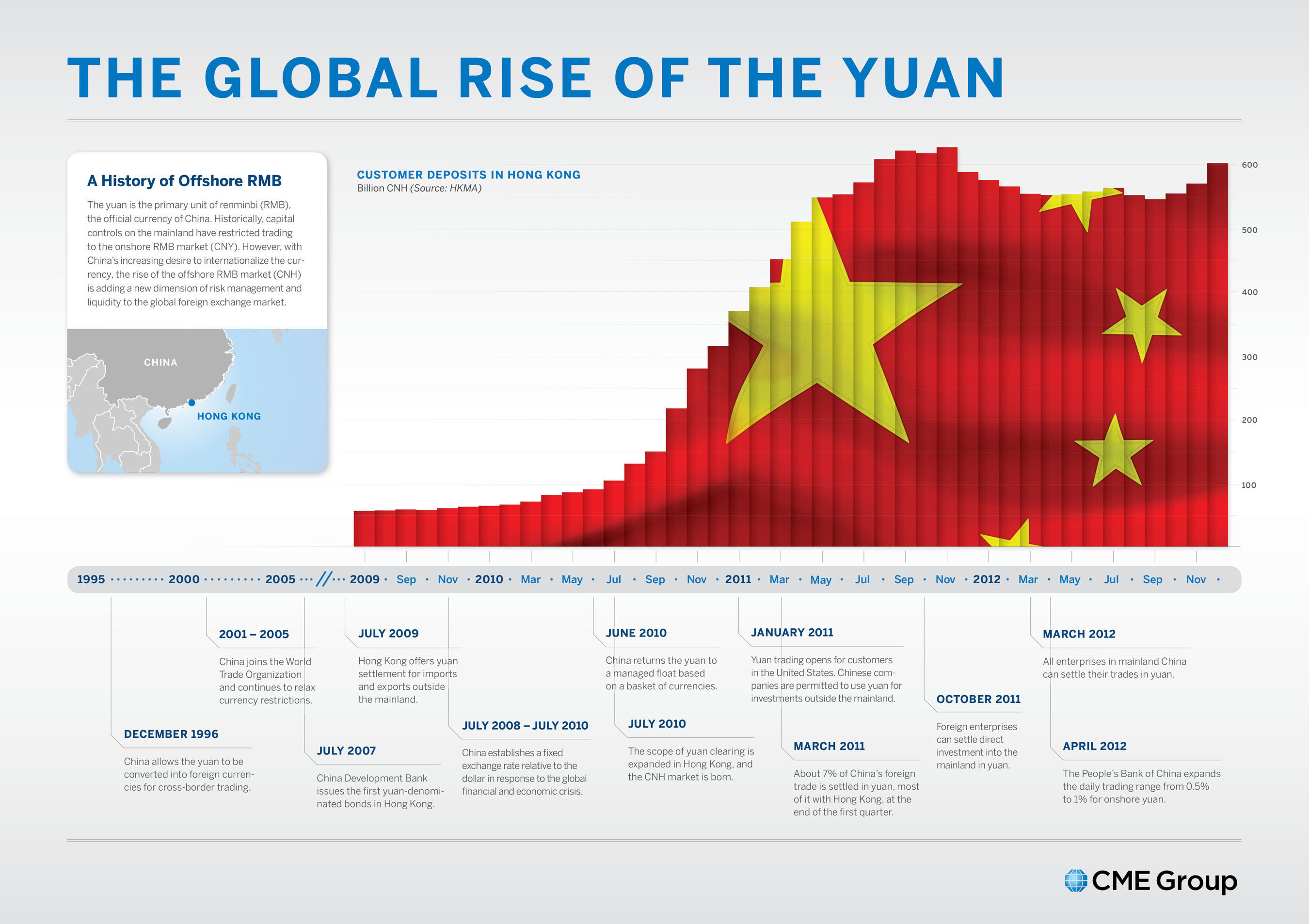China’s Companies Preparing for Electric Car Future
When it comes to electric cars, the future may be in China.
While North American consumers continue to treat electric vehicles such as the Nissan Leaf and Chevy Volt as novelties, several Chinese firms, including Dongfeng Motor and Geely Automobile, are reportedly tripping over themselves to buy troubled U.S. electric car-maker Fisker, which makes the high-end Karma and has received about $192 million in U.S. government loans.
Meanwhile, China’s Wanxiang Group recently received approval to buy U.S. battery-maker A123 Systems, another recipient of U.S. taxpayer dollars, for $257 million. Its customers include BMW and General Motors.
China’s appetite for America’s electric automobile leftovers is driven by both rising levels of car ownership (China is the world’s largest auto market) and growing concerns about pollution in major cities. With plans to boost sales of electric vehicles to five million by 2020, the Chinese government is also trying to avoid the foreign-oil dependency trap the U.S. fell into during the last century.
– MacLean’s
China Launches GEP Pilot Project
China on Monday launched a pilot gross ecosystem product (GEP) evaluation system in Inner Mongolia’s Kubuqi Desert, a new attempt at securing more balanced, sustainable development.
The scheme was introduced by the International Union for Conservation of Nature (IUCN) and the Elion Green Foundation, and Kubuqi, China’s seventh-largest desert, will be the first pilot area.
The GEP, created and advocated by the IUCN, is meant to be an accounts system that corresponds to the gross domestic product (GDP) and measures the status of an ecosystem.
It will reflect ecological conditions by tallying the gross product of both natural ecosystems, including forests, deserts and wetlands, and artificial ones such as farmland, pastures and aquaculture farms.
The GDP indicator is not sufficient for judging development qualities, as it is likely to leave out the effect economic development has exerted on the environment and underestimate the value of ecological construction and restoration projects that usually take a long time, said Huang Yi, an environmental sciences professor at Peking University.
Under the GDP evaluation, the more-than-10-billion-yuan (1.6 U.S.dollars) investment China Elion Resource Group issued to make the Kubuqi Desert greener over the past two decades would have been deemed a poor deal, Huang said, using the environmental-focused group as an example.
However, under the GEP system, the value of Kubuqi’s ecosystem has soared from negative territory to more than 30 billion yuan over the past 20 years, according to Huang.
The pilot is significant in testing whether the GEP is scientific and feasible, and the trial paves the way for integrating the GEP into the national accounts system and introducing it globally, said Zhang Xinsheng, president of the IUCN.
– Xinhua
Trade Minister to Promote Canadian IT in China
The federal trade minister is promoting China as a key market for Canadian technology as that country is being outed as a hacker hotbed.
Ed Fast says he’s headed to China and Japan in April to promote Canadian information communications technology.
In China, Fast will visit three cities, including Shanghai, the home of a military unit linked this week to cyber-espionage activities targeting companies around the globe.
Fast says he’s going to Shanghai in particular because it’s an important area for the development of IT for business and mobile applications.
He’ll also visit Hangzhou and Hong Kong as well as Japan to focus on medical imaging technology, along with business leaders from those industries.
Fast’s trade mission is his first to China since his visit with the prime minister last year.
A foreign investment and promotion agreement between Canada and China\ that was the centrepiece of Harper’s 2012 trip has yet to be ratified.
China a hot export market for Canada
Still, statistics show that in 2012, China surpassed the United Kingdom to become the second-largest destination for Canada’s exports.
The Canadian information communication sector saw revenues of about $162 billion in 2011 and Chinese demand for related products is booming.
– Canadian Press


